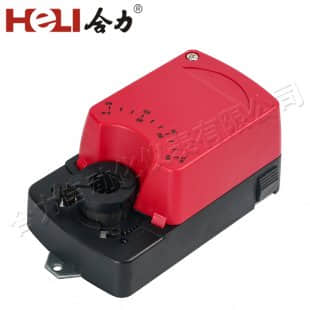
Damper actuators play a vital role in the efficient operation of HVAC (Heating, Ventilation, and Air Conditioning) systems. These devices are responsible for controlling the position of dampers, which regulate airflow in various environments, ensuring optimal comfort and energy efficiency. To fully appreciate the significance of damper actuators, it's essential to delve into their functionality, types, applications, and benefits.

At its core, a damper actuator is an electromechanical device that opens or closes dampers in response to signals from a control system. These signals can be based on temperature, pressure, or other environmental factors. By modulating the airflow, damper actuators help maintain desired indoor conditions, prevent energy waste, and improve overall system performance.
There are several types of damper actuators, each suited for specific applications. The most common types include electric, pneumatic, and hydraulic actuators. Electric actuators are widely used due to their ease of integration and precise control capabilities. They convert electrical energy into mechanical motion, allowing for rapid response to control signals. Pneumatic actuators, on the other hand, utilize compressed air to move the damper blades, making them ideal for environments where electricity may pose safety concerns. Hydraulic actuators, while less common, are used in larger systems where high torque is necessary.
